H. C. Andersen is valued as the best fairy tale writer of all times. Originality is definitely the major reason for such a title. But we'll see he often only rewrote already existing stories. So where is the secret of his success?
Andersen's fairy tales are still very popular even a century and a half after his death. There are several reasons for that. Andersen used simple everyday language which really never fell out of fashion.
He also included a lot of emotions, what was a novelty in the field of fairy tales, primarily considered as educational tales for children.
Humor is another of his trademarks. Sometimes it can be pretty dark and sarcastic, but still.
Writing on several layers (at least one for kids and at least one for adults who wrote them, as he explained) counts too.
Yet originality of the plots is clearly not on this list of H. C. Andersen's attributes. As will see, he often used stories written by others, old fables and tales with unknown authorship, or other material, just to have a solid backbone for his 'original' work.
This is especially true for his earlier fairy tales which himself described as much better than later work, the fairy tales which were written when he was already famous.
If you are ready to peek in the backstage of some of the finest Andersen's creations, let's start a list of 10 not so original fairy tales by H. C. Andersen:


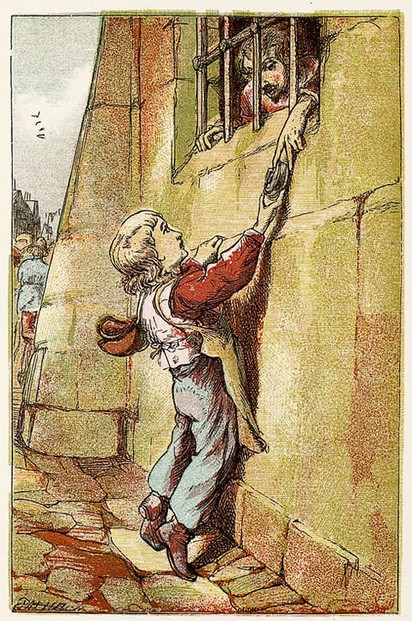
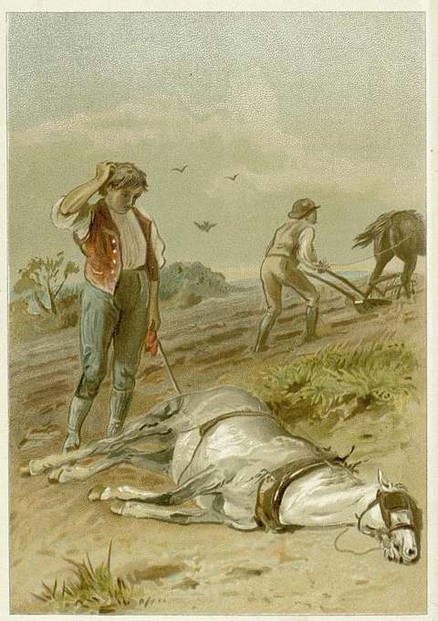
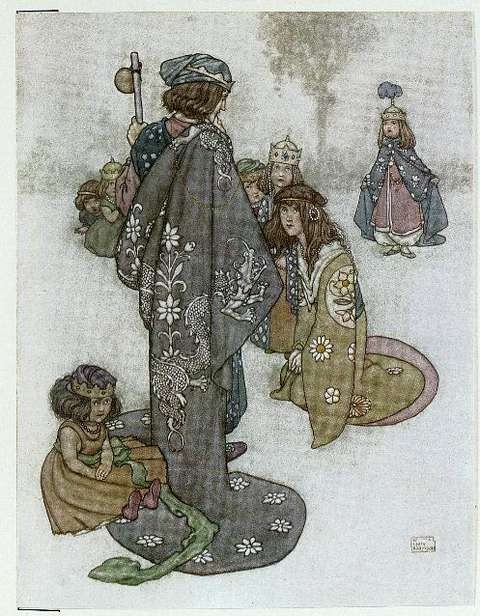
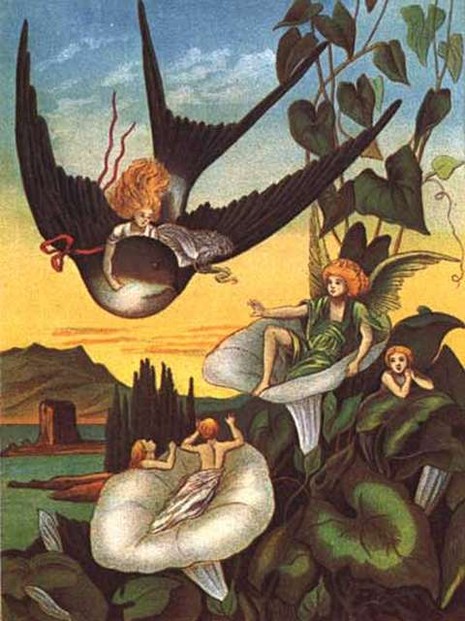
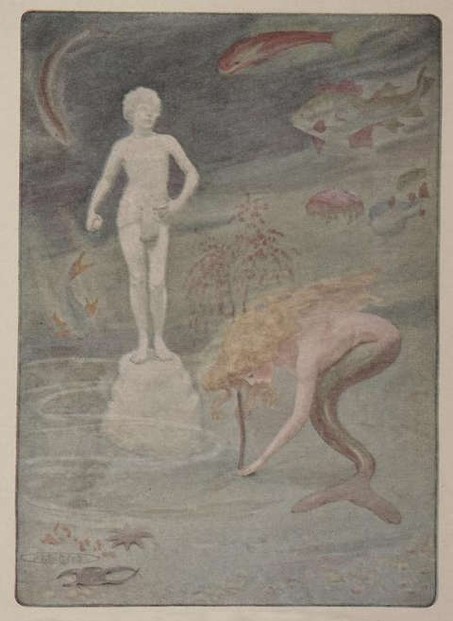
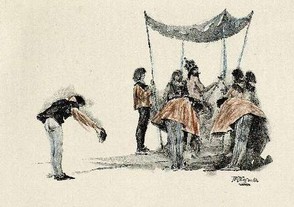
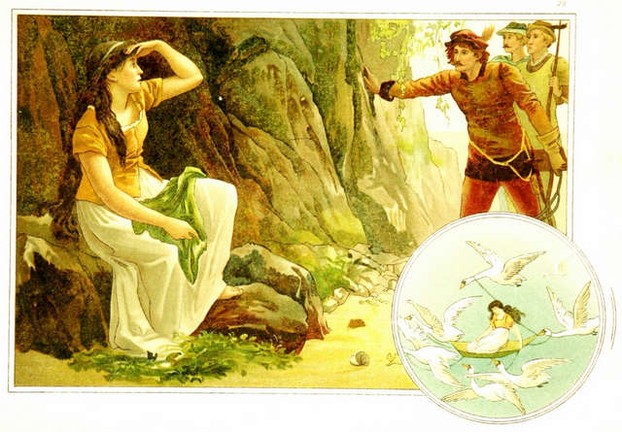
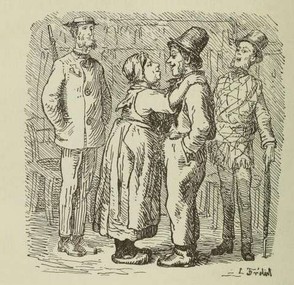
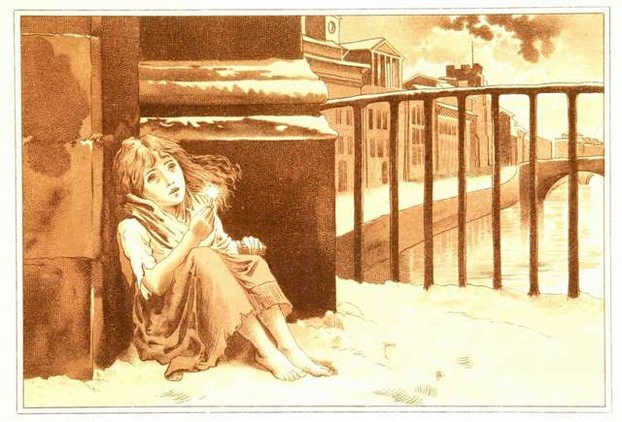
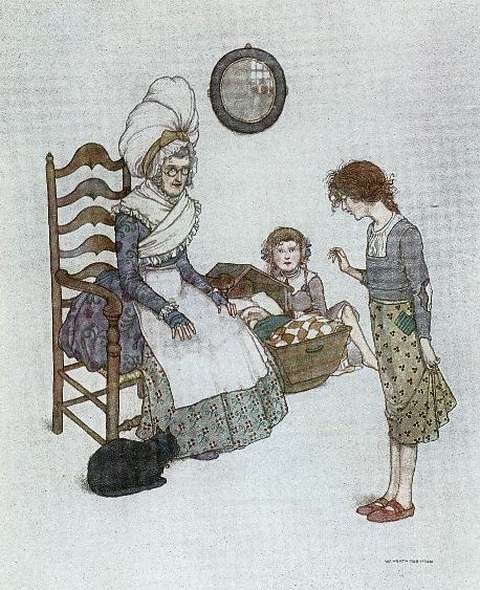
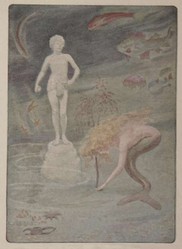

 Vintage Postcard Artists with 10 Examples of Easter Cardson 02/21/2025
Vintage Postcard Artists with 10 Examples of Easter Cardson 02/21/2025
 Valentine's Symbolson 01/23/2025
Valentine's Symbolson 01/23/2025
 Thanksgiving Symbolson 11/12/2024
Thanksgiving Symbolson 11/12/2024
 Famous Witches in Literary Historyon 10/06/2024
Famous Witches in Literary Historyon 10/06/2024
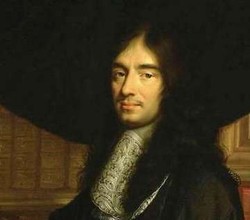
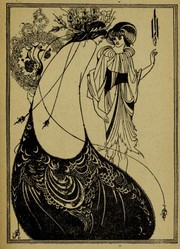
What are your thoughts on Andersen's work and originality in general?
No, DerdriuMarriner, I don't think so. Names in fairy tales are almost always change to be more generic and address as wide audience as possible. Christianity and fairy tales were never good friends and in most cases just ignore each other. On the other hand, several authors / collectors / editors were didicated to their religion and tried to instill their owne values to the stories. Brothers Grimm and H. C. Andersen were good examples.
The second story, about Big Claus and Little Claus, makes me wonder about the name change from the original Big Peter and Little Peter.
Might the name choice have been somewhat insulting to Christmas celebrations about Santa Claus?
He was a shoemaker but could not get a work because there was a limitation of only one shoemaker in certain place, so he was allowed to work only if the shoemaker with a licence was overwhelmed with work or sick. About being a illegitimate so of a king ... In my opinion it's just a myth, supported by Hans Christian's fantasy.
Your first tale, The tinder-box, catches my attention with it similarizing a tale in the Arabian Nights.
Internet sources describe Hans Christian Andersen as son of an illiterate washerwoman and of a man with at least a basic education. They also give as a possible birth illegitimate child of King Christian VIII.
Online sources list among his godparents a hospital porter, a journeyman carpenter, a royal hatter and a shoemaker. Might such a level of necessary skills suggest some similar trade wielded by his father?
Internet sources offered nothing as to what the washerwoman's husband did.
The third paragraph in your introduction considers that "He also included a lot of emotions, what was a novelty in the field of fairy tales, primarily considered as educational tales for children."
Would it seem that the emotions were used along with, or more than, educational tools to advance fairy-tale plots?
Thanks, Mira, for your kind words. I hope my articles can help to more critical reading and a bit higher lever of writing / publishing. Sorry for my late responses, I am in the middle of something right now ... Enjoy!
Wow, you're good!:) I like how you connected the elements of the story and how enthralling that leaf and the associated story was! :):)
Thank you, Mira, for your kind words. I have to note, these stories are not only written but they are all published, mostly on the national radio, but they found their way to CDs, magazines, books and picture books as well. Unfortunately I had almost zero success in English (lack of invested energy maybe). Here is one of more recent projects (and most popular ones): https://www.lahkonocnice.si/sodelovan...
I hope your projects in English panned out better:)
Thank you, Tolovaj! You certainly have more to recommend you for children's literature than I do -- and I'm still surprised you wrote hundreds of stories! Congrats, that's a wonderful achievement! And given how steeped you are in all these traditional stories, writing your own must have felt wonderful. Are any of your stories in English? :)
First of all, sorry for my late response, Mira. I was on holidays. About your questions:
- if you feel you have anything to tell to the world, just do it, no matter the form (contemporary story, airy tale, novel, everything can work);
- I wrote my first two or three hundred stories for kids (only a few dozens qualify as fairy tales by definition) before I made any analysis, so don't bother with analysing, just do it (I never analysed any of my stories, there are literary billions of people who should do it before me);
- whatever you do, try to enjoy it, with thinking abut monetizing close second;).